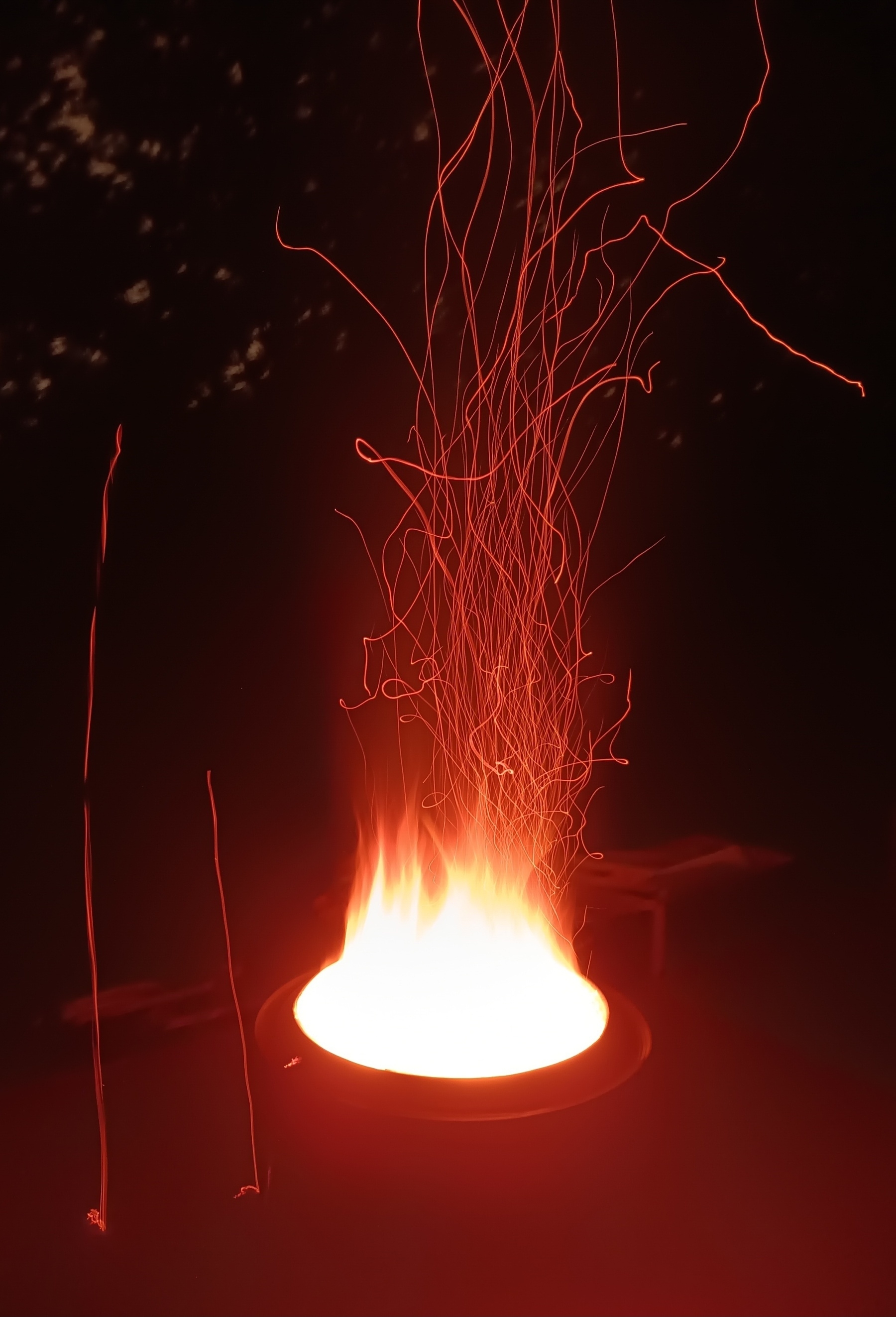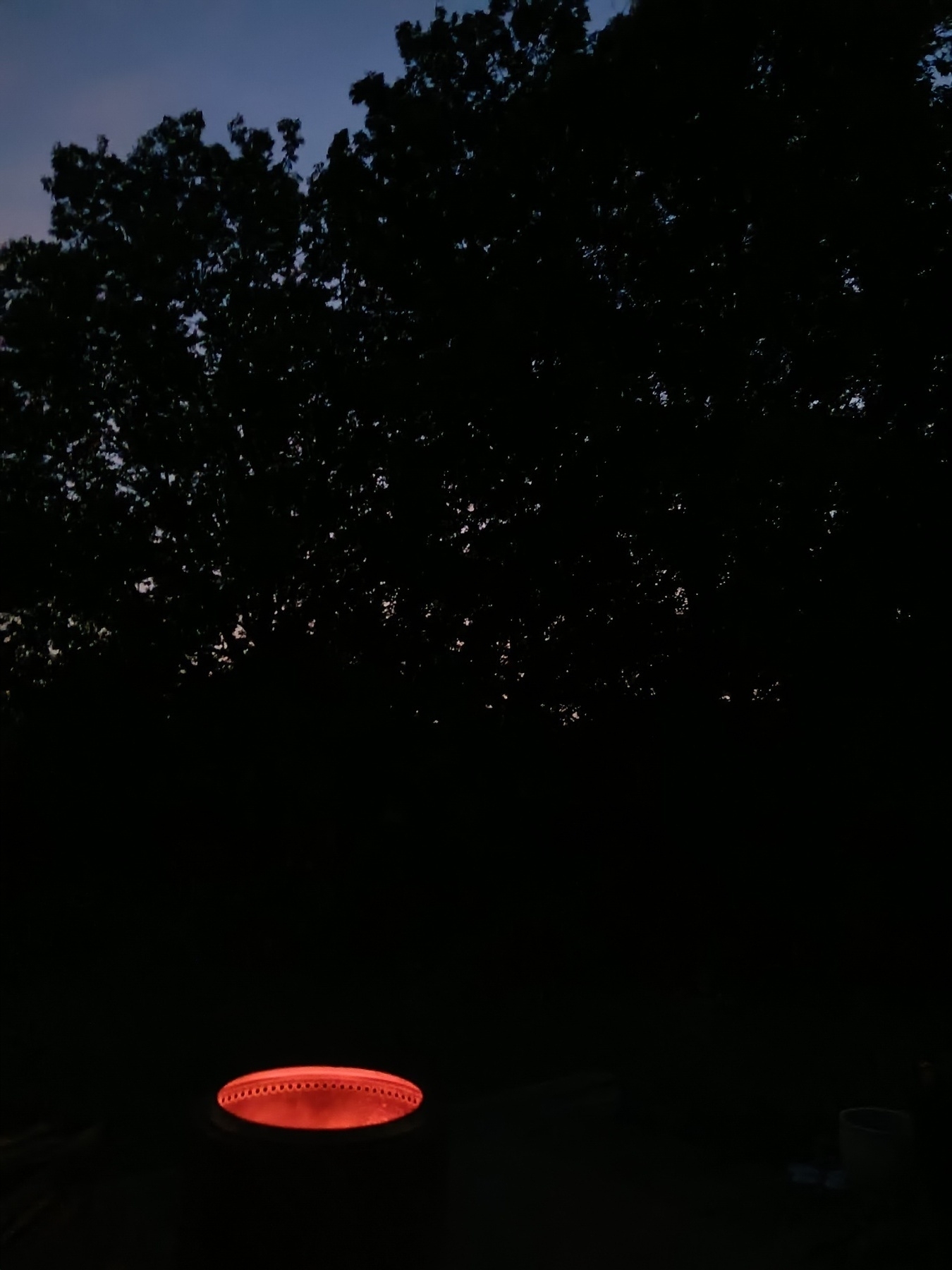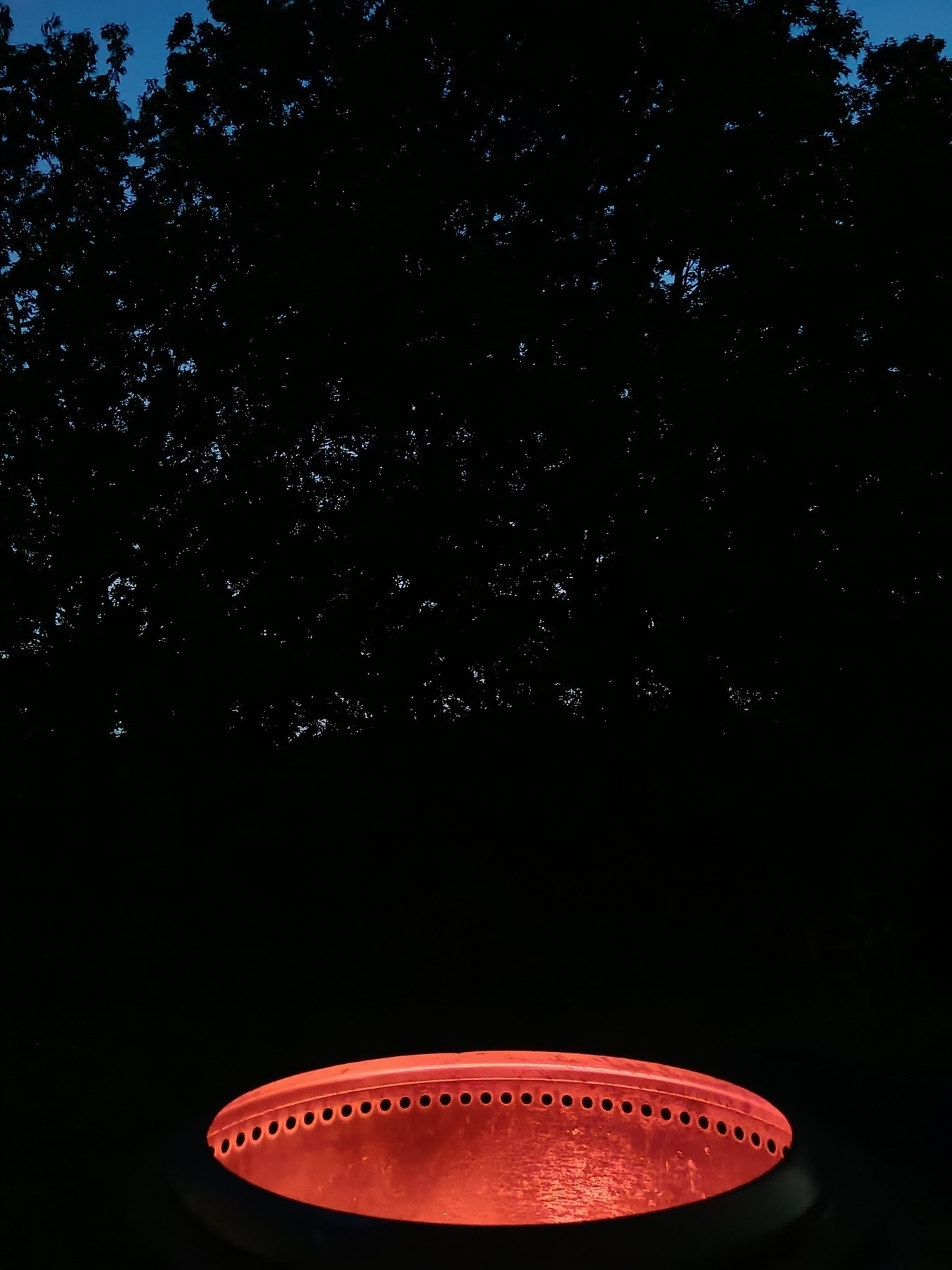Matthew Crawford:
Today, in our schools, the manual trades are given little honor. The egalitarian worry that has always attended tracking students into “college prep” and “vocational ed” is overlaid with another: the fear that acquiring a specific skill set means that one’s life is determined. In college, by contrast, many students don’t learn anything of particular application; college is the ticket to an open future. Craftsmanship entails learning to do one thing really well, while the ideal of the new economy is to be able to learn new things, celebrating potential rather than achievement. Somehow, every worker in the cutting-edge workplace is now supposed to act like an “intrapreneur,” that is, to be actively involved in the continuous redefinition of his own job. Shop class presents an image of stasis that runs directly counter to what Sennett identifies as “a key element in the new economy’s idealized self: the capacity to surrender, to give up possession of an established reality.” This stance toward “established reality,” which can only be called psychedelic, is best not indulged around a table saw. It is dissatisfied with what Arendt calls the “reality and reliability” of the world. It is a strange sort of ideal, attractive only to a particular sort of self—insecurity about the basic character of the world is no fun for most people.
As Sennett argues, most people take pride in being good at something specific, which happens through the accumulation of experience. Yet the flitting disposition is pressed upon workers from above by the current generation of management revolutionaries, for whom the ethic of craftsmanship is actually something to be rooted out from the workforce. Craftsmanship means dwelling on a task for a long time and going deeply into it, because you want to get it right. In managementspeak, this is called being “ingrown.” The preferred role model is the management consultant, who swoops in and out and whose very pride lies in his lack of particular expertise. Like the ideal consumer, the management consultant presents an image of soaring freedom, in light of which the manual trades appear cramped and paltry: the plumber with his butt crack, peering under the sink.








